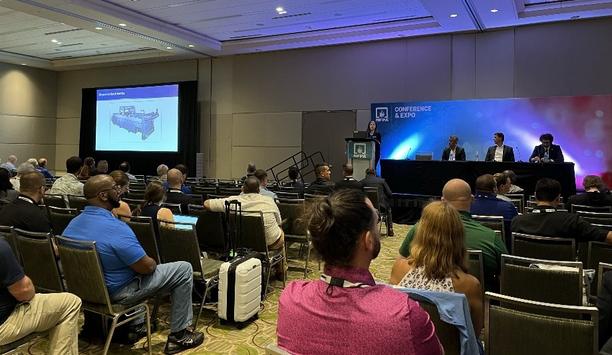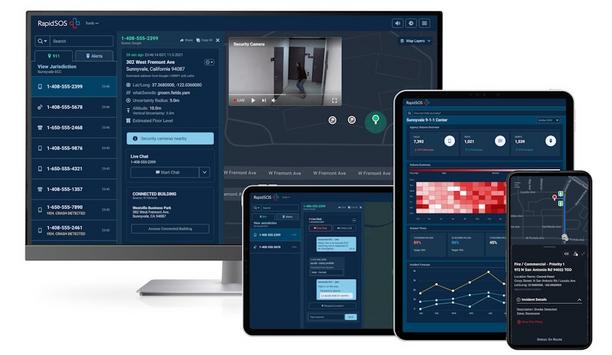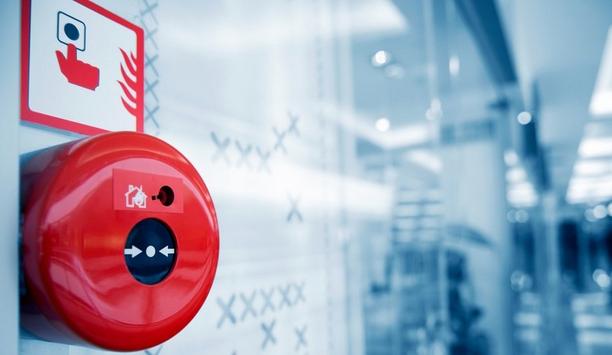The biggest risk of property damage and injury from wildfires comes at the wildland-urban interface (WUI), which is defined as areas where structures and the built environment begin to intermingle with wildland vegetation. More and more such areas are being created as humans move near wildland areas to take advantage of their natural beauty and privacy.
As a result, fire departments are fighting more fires along the interface, and there is a greater need for citizens living in these areas to be aware of the dangers of wildfires and to be prepared.
‘Ready, Set, Go! (RSG!)’ Program
The ‘Ready, Set, Go! (RSG!)’ Program works to increase engagement by local fire departments with residents
The ‘Ready, Set, Go! (RSG!)’ Program works to increase engagement by local fire departments with residents that live in areas at risk of wildland fires. A program of the International Association of Fire Chiefs (IAFC), ‘Ready, Set, Go!’ offers the tools and resources for fire departments to provide more understanding of the risk of wildland fires and the actions residents should take to reduce the risk.
The program seeks to help residents to be ‘Ready’ with preparedness understanding, ‘Set’ with situational awareness when fire threatens and to ‘Go’, that is, to leave early when a fire starts.
Enhancing situational awareness via notification systems
The ‘Ready’ tenet focuses on establishing understanding of the wildland fire threat and how it can be mitigated. The ‘Set’ tenet focuses on heightening situational awareness through notification systems and warnings (such as Red Flag Warnings). The ‘Go’ tenet calls on residents to leave early and emphasizes that waiting until the last moment can increase danger and impede response.
However, the RSG! program does not supersede state and local practices regarding how and when people evacuate an area. In the end, evacuation is a local issue.
Wildland fire education efforts
The RSG! program is complementary to and collaborates with Firewise USA and other existing wildland fire education efforts, including Living with Fire, Take Responsibility, FireSmart, Fire Safe Councils, Project Wildfire, and others.
RSG! materials include ‘Your Personal Wildland Fire Action Guide’, a national video, PowerPoint presentation template, press releases, media article templates and local meeting handouts. The RSG! program materials can be adapted to local needs. Many states and localities have customized the materials by adding local department and agency logos, landscape pictures, and text about past fires.
Wildland-urban interface (WUI)
The wildland-urban interface (WUI) is not so much a place as a set of conditions that are conducive to spread of wildfire
The wildland-urban interface (WUI) is not so much a place as a set of conditions that are conducive to spread of wildfire. Conditions include the type and distribution of vegetation, proximity of vegetation to other structures, climate and weather patterns, fire history, topography and access.
Embers from wildfires can be carried by the wind more than a mile away. They are the leading cause of home fires resulting from nearby wildfires. Embers fall or are wind-driven into receptive fuels and structures, often going undetected. As the fire front passes, embers may ignite fires that spread from home to home in a neighborhood.
Wildland fire programs
Through the International Association of Fire Chiefs' wildland fire programs, the organization raises awareness of wildland fire risks by educating members, residents, landowners and managers, local officials and planners.
The IAFC provides resources and information that support local departments’ outreach efforts and serve as a voice for local government on a national level.







































